Several companies have flirted with new technologies as a way of positioning themselves within Web3. Whether through the metaverse, NFTs, that is, non-fungible tokens, the idea of these companies is to test the ground and prepare for what promises to be not only the future of the Internet but also the business as a whole. We’ve seen big companies like Carrefour, Pedigree, Calvin Klein, and Porsche join Web3, but each in their way.
When companies seek to see their maturity within Web3, this can greatly impact the type of project that will be developed. We have examples that allow us to assess how companies have sought to understand the spaces that can occupy this new business reality. Carrefour, for example, announced that it would enter The Sandbox with a project with NTFs it is already under development. It is, without a doubt, a safer and more objective line: the famous stores in the metaverse. It is a way of exploring the land bought on the gamer platform through what we usually call product placement and understanding how the business can prosper in this new reality. It’s a significant opportunity to start communicating with a younger audience that will be potential consumers soon.
Many companies have chosen to follow this same path since it is safer and has already been validated by other players, with a much safer roadmap. Exploring business opportunities on Web3 through a presence in games and investment in meta-commerce has been very successful.
Another interesting example is the Pedigree brand, which launched a virtual fostering initiative in the Decentraland metaverse to find homes for real dogs. The Fosterverse action, as it was named, aims to raise funds for shelters and encourage people to give pets a home in real life. In my opinion, this is a fascinating movement that goes beyond just being present in the metaverse through avatars but with initiatives that promote impact in the real world in the short term. Not to mention that it is very much in line with the company’s branding positioning, which shows that brands can innovate while maintaining their identity.
Calvin Klein, meanwhile, targeted the Asian community and those celebrating the Lunar New Year and launched a partnership with the Ready Player Me platform. It is a play-to-earn game format, which allows the brand’s customers to participate in games and customize the pieces. As I mentioned earlier, in the Carrefour case, this is a safe and already validated bet, mainly because the fashion industry is one of the ones that invest most in possibilities such as NFT, metaverse, gamification, providing new immersive virtual experiences that transform the relationship of consumers with brands. Many players in this segment have directed their efforts towards Web3, and this is opening up more and more space for the promotion of new businesses.
But not everything is perfect. As we saw above, there are many successful examples of first steps in the new era of the internet, but there are also those who were not so lucky. And here we are talking about Porsche, which saw its launch of the NFTs collection become a fiasco. The tokens offered for sale by the German brand had little adherence from interested parties, and prices even plummeted on OpenSea, the platform used for buying and selling NFT. I believe that some factors made the initiative not successful, among them the timing for the launch, in the middle of the Bear Market, the high price of the tokens, something around US$ 1,500, and the large volume of units, there were 7,500 available, which in turn does not generate exclusivity. We saw that Porsche learned nothing from other pioneering companies facing similar difficulties.
When we talk about the maturity of brands when flirting with Web3, it is critical to keep in mind which companies are making it work and following these steps, as is Nike’s case21:01 04/16/2023, which already has its platform and has associated with other Web3 native brands as a way to follow their roadmaps and accelerate their growth. Being mature for the new era of the Internet is precisely recognizing these opportunities and taking advantage of them, something that Porsche, unfortunately, did not do.
With the examples above, we can see that there is room for any company and also for the most varied segments within Web3. However, this is something new, where almost all movements can be seen as tests. On the other hand, this does not prevent companies from noticing what has been most successful and seeking to recalibrate the route when necessary to invest in the best assertive initiatives. And here, it is worth paying attention to the strength that gamification has gained in these last actions. In addition to the metaverse, where I believe gamification is almost mandatory, we see this application in many Web3 projects. I believe that new businesses will soon be guided by gamification, and this will require that people not only master this issue but also see it as an essential skill or will be skipping the news that is to come.
Companies need to be attentive to the movements of Web3, to what worked and, mainly, to what did not, so that their decision-making does not follow the path contrary to the digital transformation observed in business.
*The content of this article is the author’s responsibility and does not necessarily reflect the opinion of iMasters.


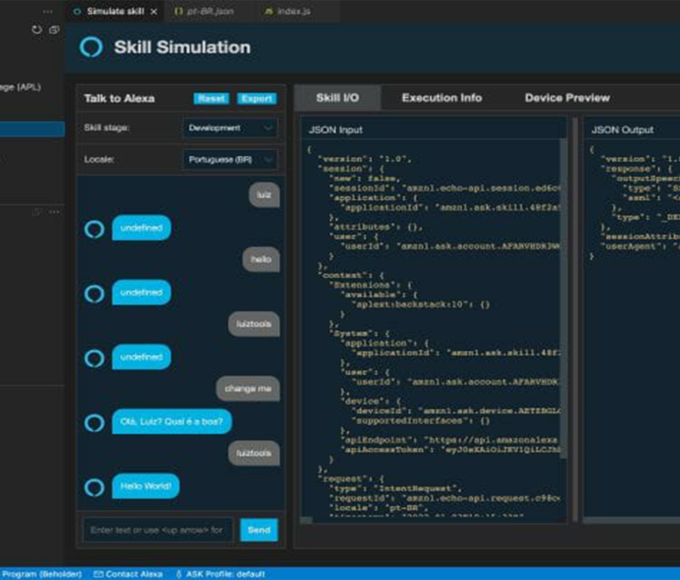






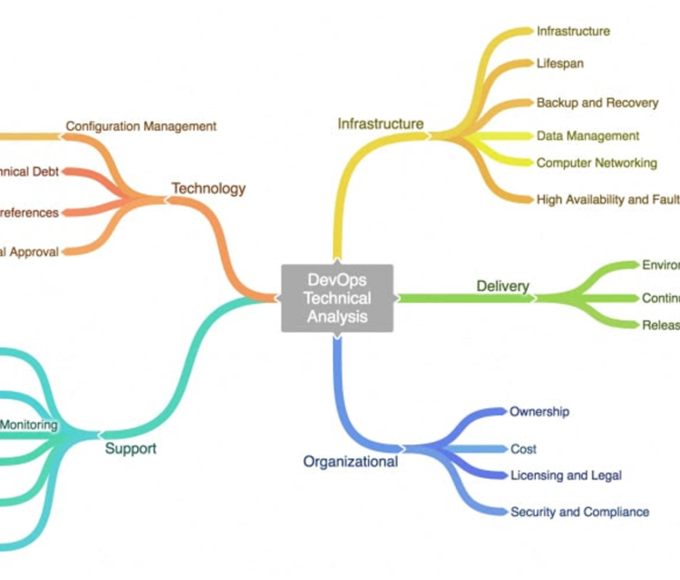




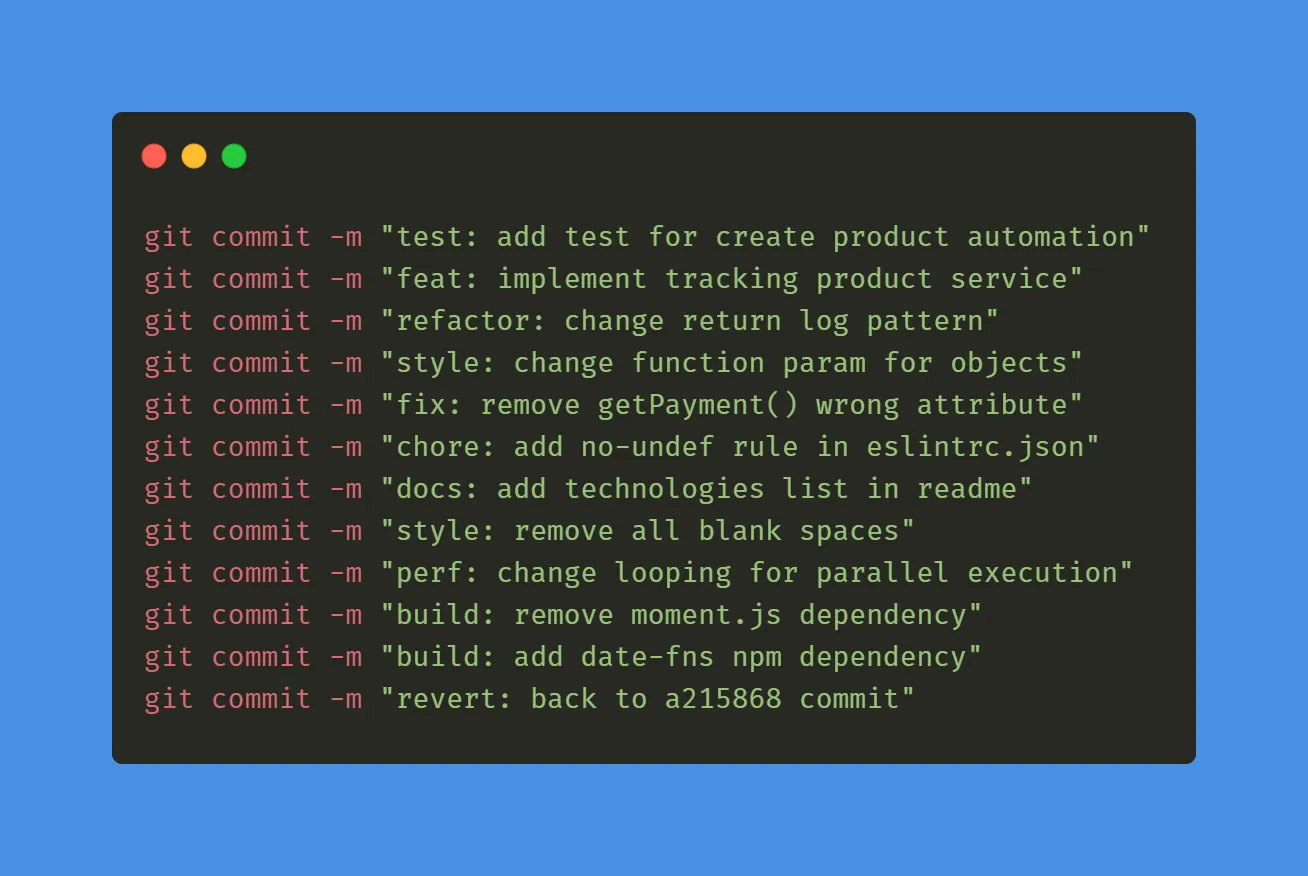

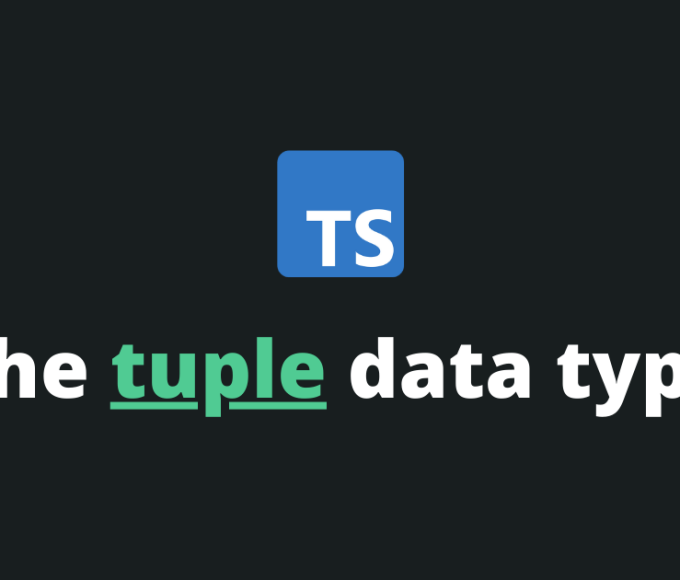



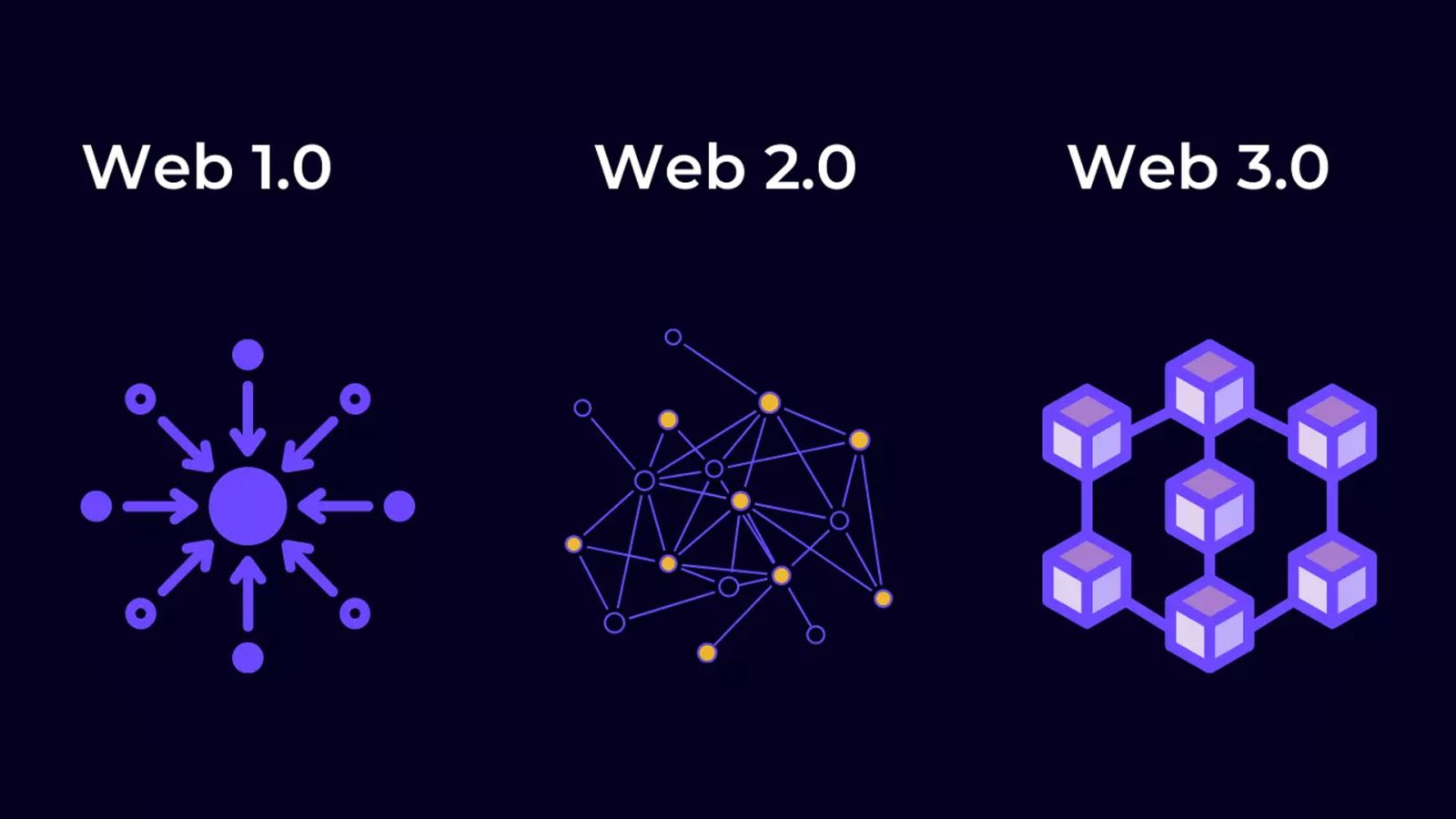









Leave a comment